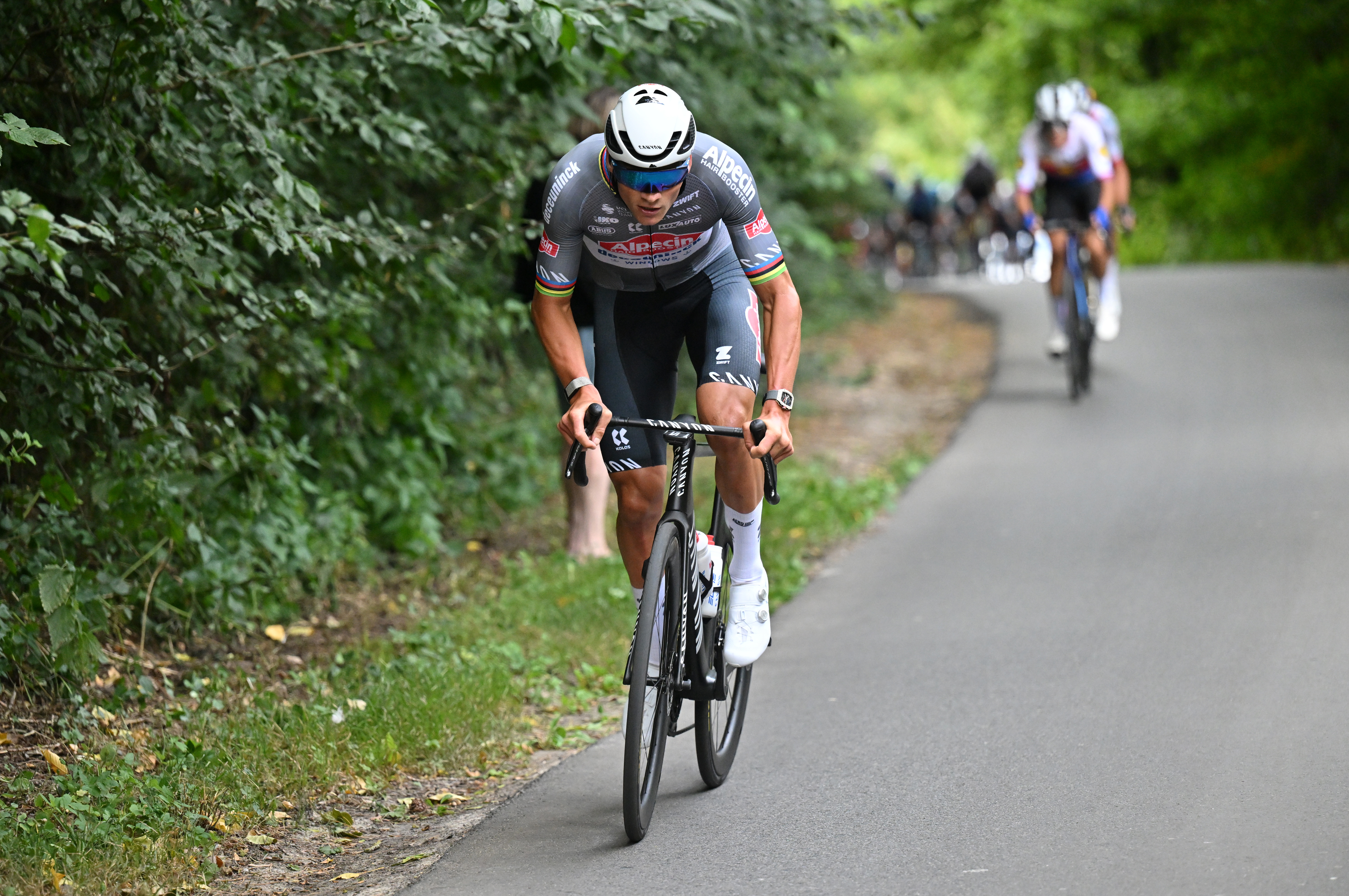How the explosion of the gravel market is reshaping cycling
Gravel biking has influenced nearly every facet of cycling, driven by demand to explore beyond the tarmac horizon
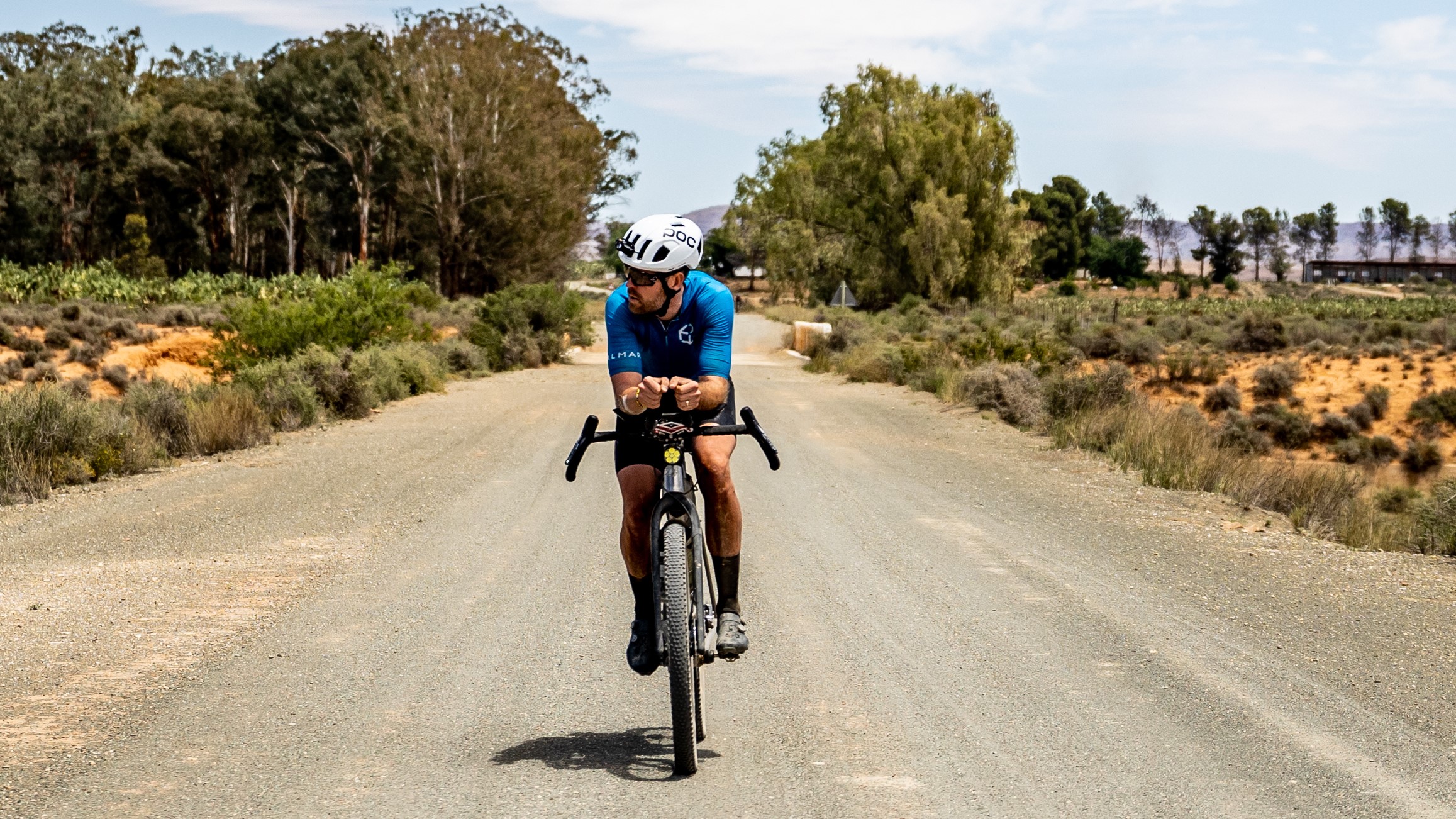
Gravel bikes are not a fad, and this is being proven by the continual evolution of gravel-specific tech such as the best gravel bikes, the evermore common occurrence of pro cyclists changing discipline, proving they are able to earn a living in this segment, and the impressive prize purses on offer, such as the new Life Time Grand Prix series.
For a long time, the only intermediate bikes between tarmac and gravel were mostly tourers. Bikes for riders who had the patience to meticulously attach frame bags and panniers, scheduled for days of pedalling that would require sections of gravel riding.
That's not the case anymore, cycling has gone gravel crazy, and it is not merely a case of niche product planning to drive demand. Riders have discovered the empowering nature of having one bike that can work across terrain types. To some, today's gravel bikes are reminiscent of 1990s XC mountain bikes: rigid, and with remarkably similar tyre widths. But that is, at best, a disingenuous parallel to draw.
The mark of a valid cycling segment is when it triggers the development of differentiated components. Gravel riding has shown spectacular innovation. Initially considered a niche, it has cultivated a dedicated cadre of riders demanding gravel-specific frames, wheels, tyres, components and gear.
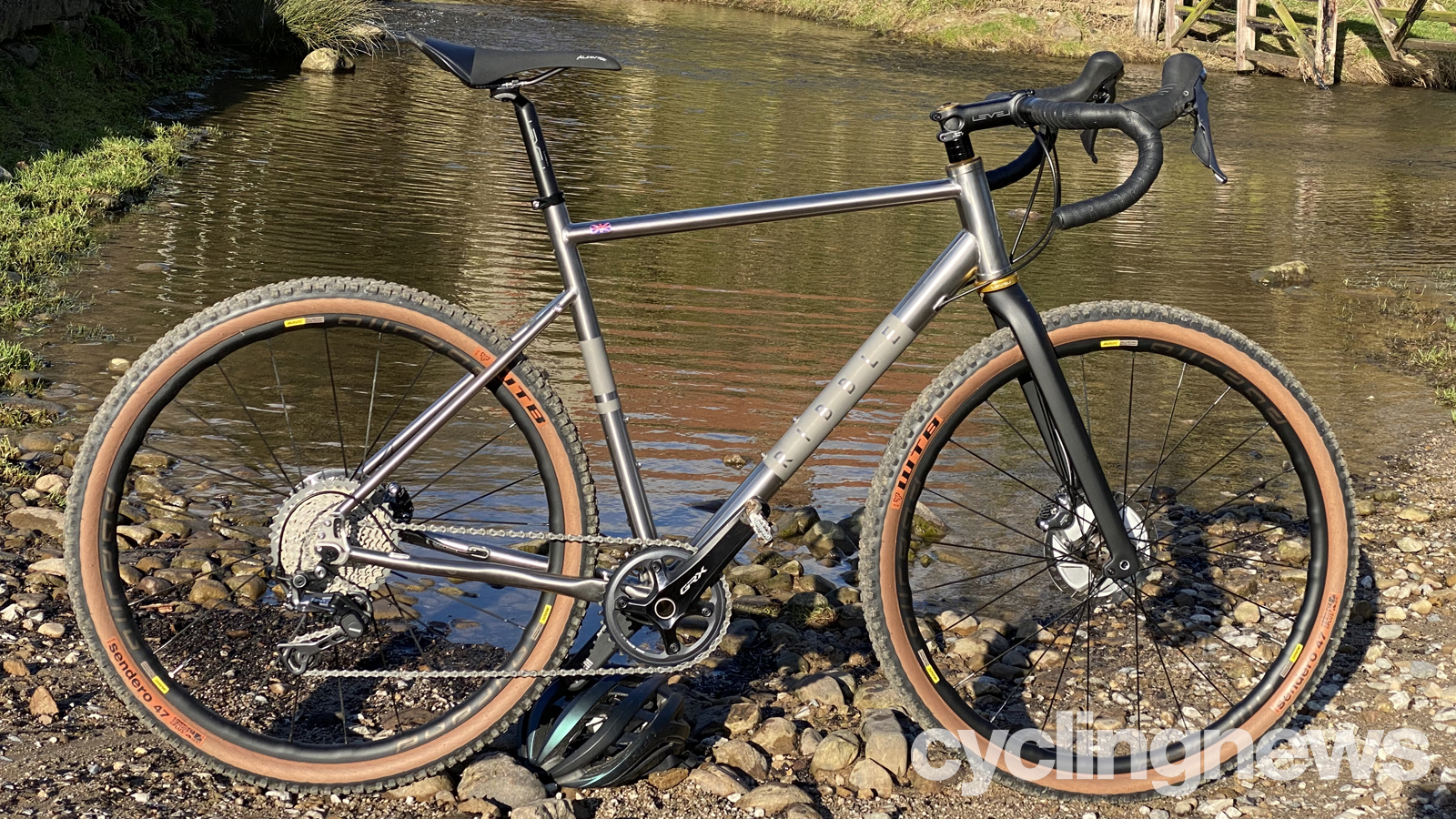
Frame compliance and aerodynamics
Gravel bikes work hard for a living, journeying across rougher terrain than a road bike would ever be capable of, and that means a more robust approach to frame design, without compromising ride quality.
Riders are demanding enhanced compliance and vibration absorption from their gravel bikes, way beyond what would be expected from a road bike. This is challenging composite engineers and frame designers to shape better structures with superior vibration damping.
Steel and titanium have also enjoyed a resurgence thanks to gravel bikes, where the latest generation of thin-gauge metal tubing is ideal to mute terrain buzz. And then there are the aero considerations, which have become a feature in gravel bike design, as highlighted by bikes such as the 3T Exploro.
The latest race content, interviews, features, reviews and expert buying guides, direct to your inbox!
Sure, sceptics will look at the notion of aero gravel bikes with disdain, but the implied benefit of wider forks remains undeniable. Gravel riders need the clearance to fit terrain-absorbing tyres and designers have shown that large tyres - and the frames that accommodate them - can still be aero.
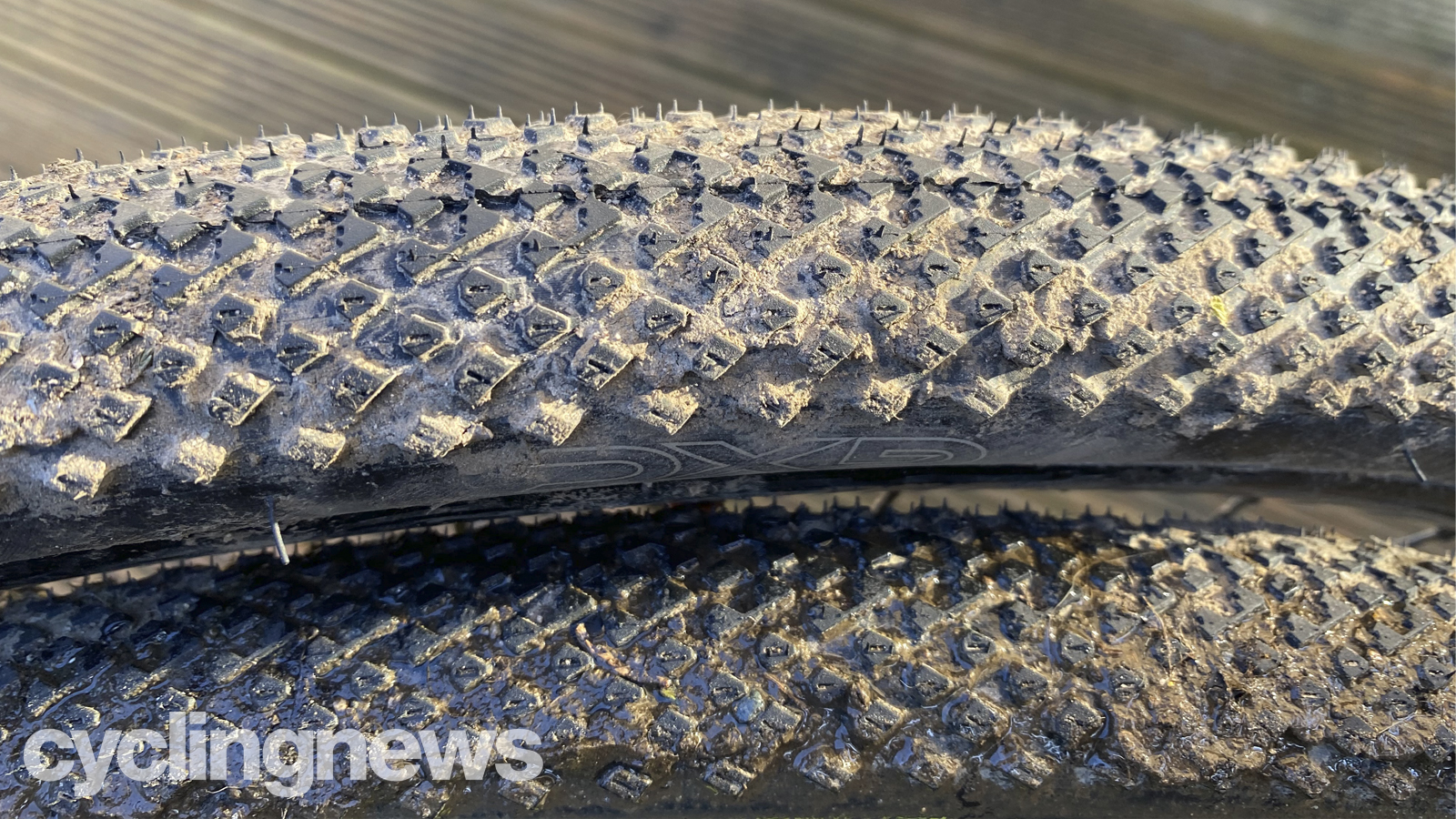
Better tubeless tyres
Road bikes have made a gradual transition to tubeless, but it is a necessity in gravel riding. The risk of a puncture - from debris or pinching - is much increased when traversing rooty singletrack terrain and gravel paths.
Gravel bikes have made a strong case for larger casing tyres and also encouraged more riders to experiment with the 650b size as an alternative. Tyre brands and their product teams have responded with an extraordinary diversity of tread patterns for gravel riders, to the point that perhaps some of the most impressive product evolution, due to gravel bikes, has been in tyre design.
Challenged by the requirement of an all-terrain riding environment, gravel bike tyres need to roll with low resistance, be robust enough to survive square-edge hits, and provide grip in loose conditions.
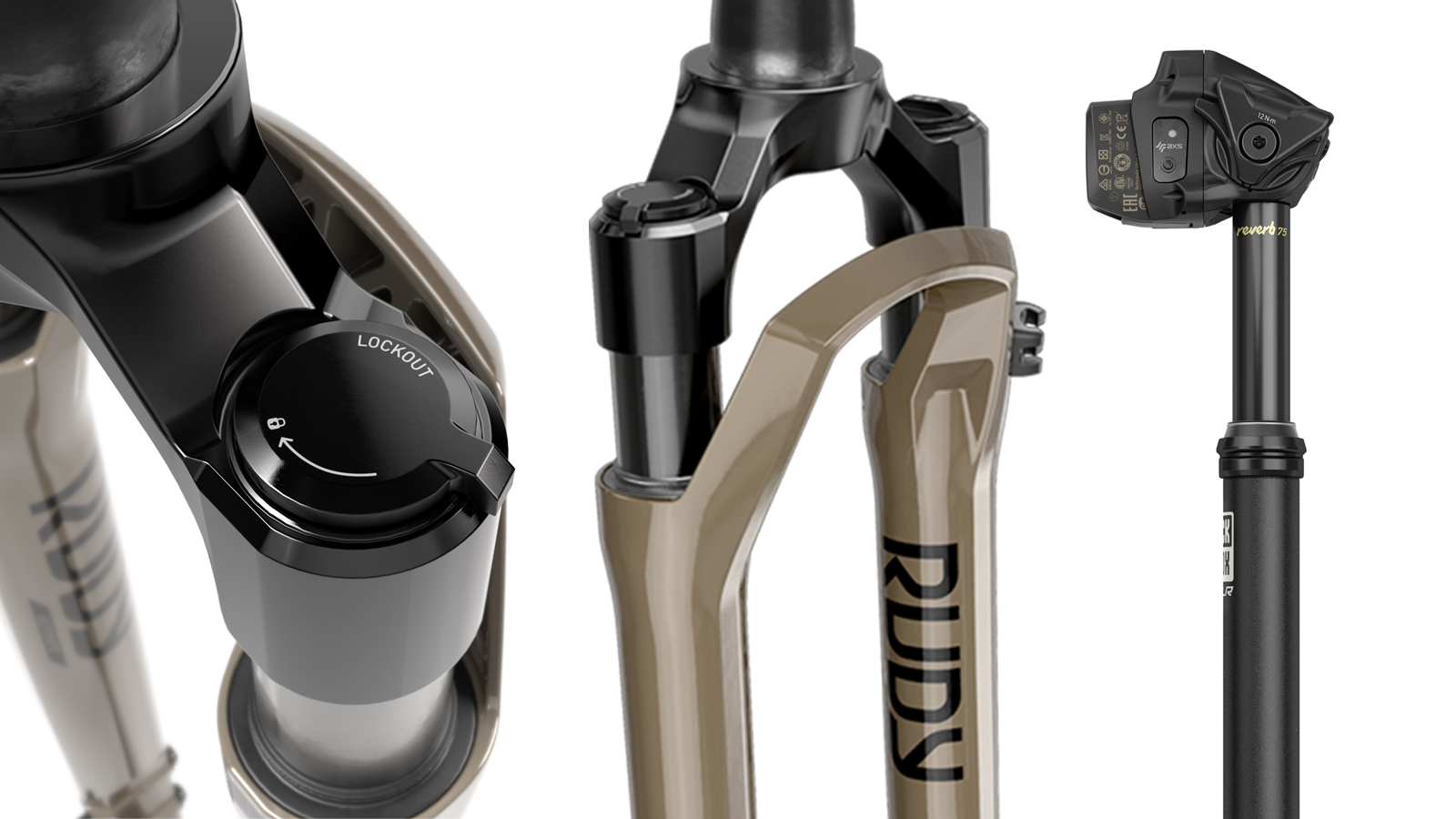
The future of non-MTB suspension
Despite gravel bike tyre sizes having grown towards mountain bike casing sizes, riders can still access even more terrain absorption via the increased availability of gravel bike suspension. The cycling suspension world moves at a glacial pace. Huge investments are required to create new forks, but nearly every major suspension OEM now has an ultra short-travel fork for gravel riding, and these aren't merely rebranded 80-100mm mountain bike forks.
Suspension brand product planners know that fork travel impacts bike geometry, and with gravel bikes being particularly sensitive to any change in head angle due to the rider's more forward-leaning position, very short-travel forks have become the solution. The result has been a new class of 30- to 60mm forks that have adequate compression to take the punishment out of a corrugated gravel road, without the negative impact of too much head angle steepening at full stroke. Alternatively, riders who want some active suspension travel, but don't want it working on the front wheel via the axle, can opt for something like Specialized's Future Shock. It keeps the bike's head angle constant but provides 20mm of suspension action between the head tube and handlebar.
And it isn't just at the front. Custom road bike designers, such as Craig Calfee, have long championed the value of an active rear triangle. Deeply experienced in the workings of carbon fibre and bamboo frame dynamics, Calfee believes that a tiny seatstay damper can help improve climbing traction, descending stability and reduce all-round rider fatigue. Gravel bikes with a rear elastomer damper between the seat tube and stays have proven their durability - BMC has been using one on its URS for the past two iterations, for example - and as more riders seek greater compliance for those all-terrain adventure rides, the technology is only bound to improve and scale.
Dropper seatposts are alien to most all-terrain riders, but the benefits are inarguable. These adjustable seatposts allow on-the-fly centre of gravity changes, placing riders in a more stable descending posture when needed. With the frequent requirement to tackle long fire road descents, gravel bikes have championed the cause of more reliable short travel dropper posts. And if you need to remount a frame bag laden gravel bike, after a rest, it is much easier to do with a seat that can be lowered by remote.
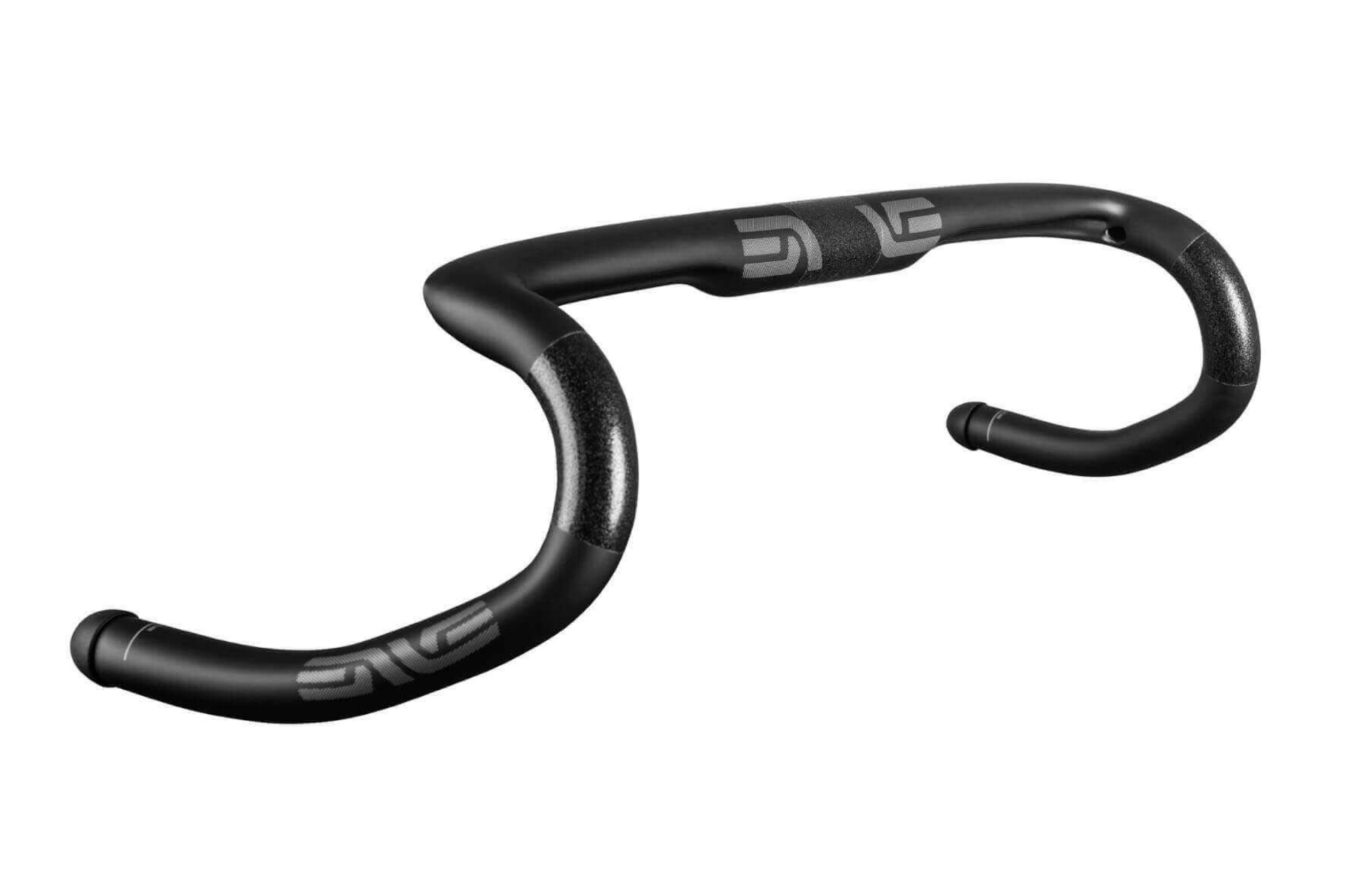
Wide and wild-looking handlebars
Fork offset, rake, stem length and handlebar geometry are all elements that combine to deliver a specific steering feel and responsiveness.
Road bikes rarely need a lot of steering leverage. Narrow handlebars and smooth roads are all about optimising aero and assisting riders in making those nearly subconscious steering adjustments.
Mountain bikes are quite the opposite. They need a lot of leverage to steer through switchbacks at low speed, and require significant countersteering inputs when pinging through rock gardens. The increased leverage offered by wider handlebars means less force is required to turn the bars in these situations, and more finite adjustments can be made. This is why mountain bike handlebars are so wide.
The best gravel handlebars require similar traits, and one of the most interesting developments in gravel biking is how it has reshaped the drop handlebar concept in a remarkably short time. All-terrain gravel bike riding traverses across many loose surfaces, with requirements for comfort and slower, safer, more precise steering responses. The industry's response has been wider drop handlebars, to generate better steering leverage, with radically flared ends, and room for lights, head units and bikepacking bags.
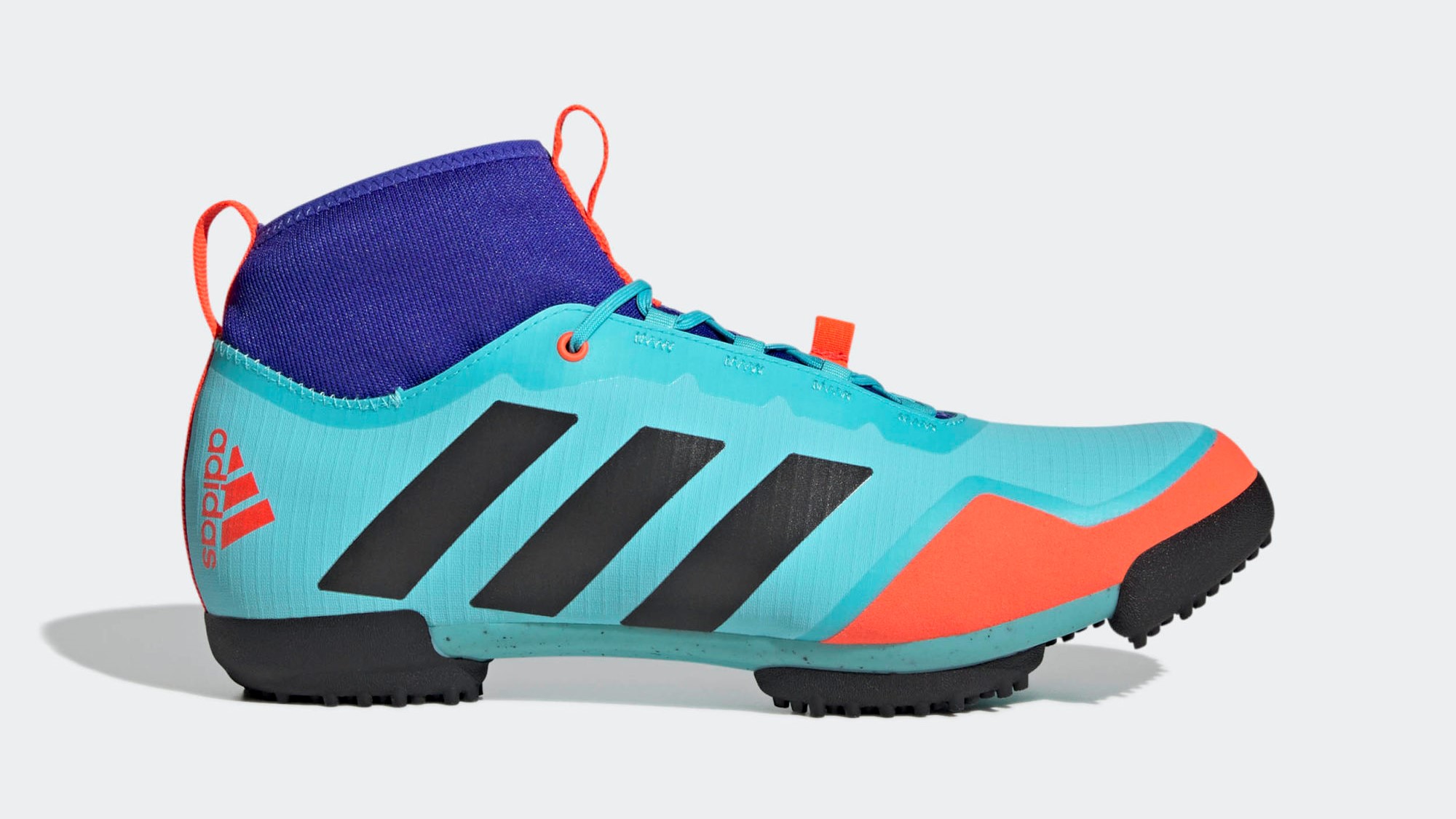
Gravel footwear
Beyond the considerations of frame material, geometry and suspension, gravel bikes have also influenced rider gear and apparel, and gravel bike clothing is growing in popularity.
Gravel riders dismount quite often. Perhaps it's to walk a short distance and take in a view, or hike-a-bike up a steep slippery incline to link onto a new section of the route, and as a result, the best gravel bike shoes are ones that are comfortable to walk in with secure terrain grip. Cycling footwear designers have produced a series of gravel bike-specific shoes with adequate sole stiffness for power transfer and lugs for walking grip.
In addition, helmets, jerseys, even the best cycling sunglasses are being given slight adaptions that create real value for riders on that 100-miler gravel ride.
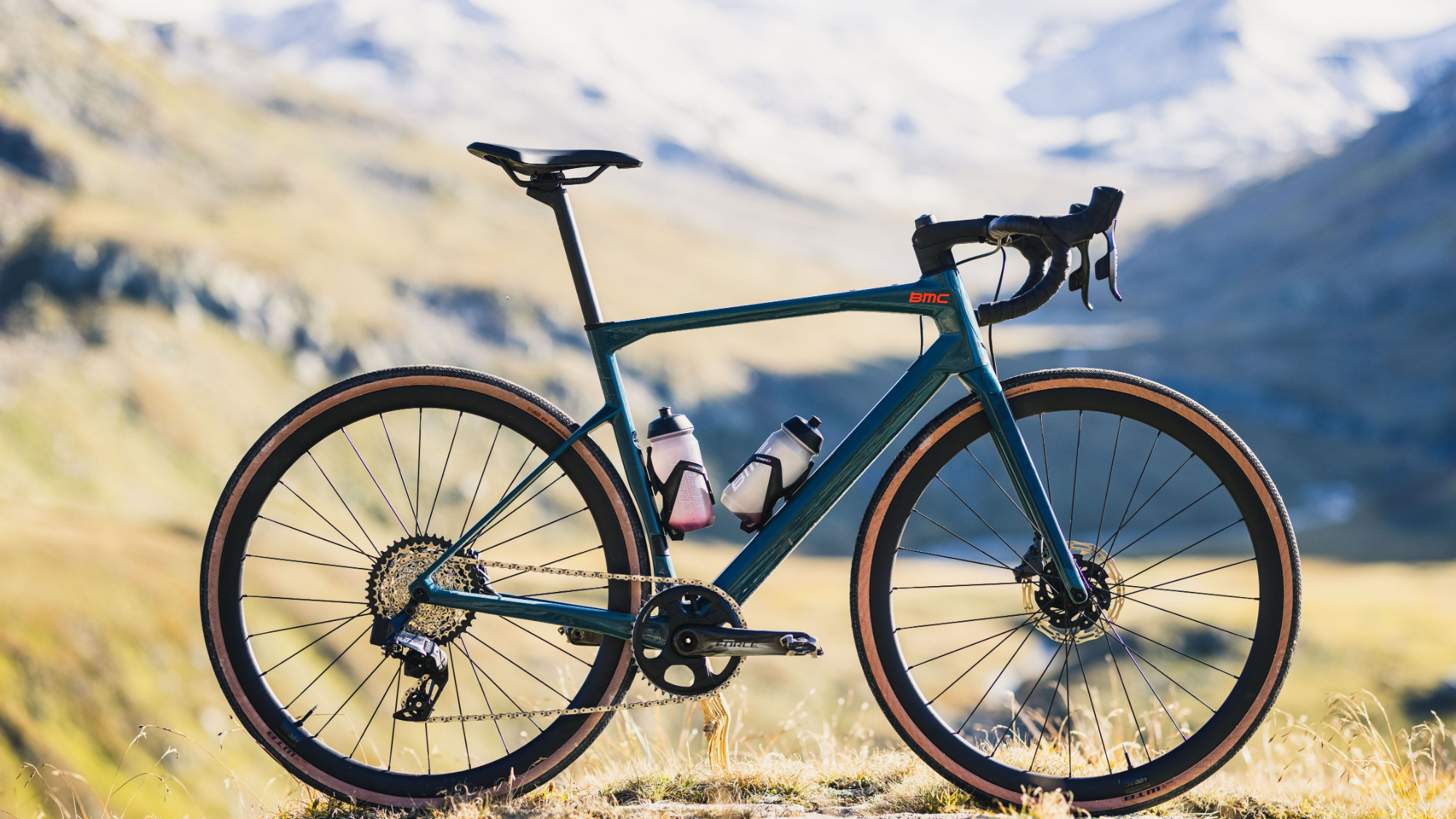
Freeing the market for more radical road bikes
Many riders are discovering that a gravel bike is their ideal all-rounder. With more rugged tyres, they make for robust commuter bikes, and when you need to gather many miles of mindful riding, the true sense of healthy escapism often starts where the tarmac ends.
Gravel bike geometry is also better suited to a broader diversity of riders. Slacker head angles and longer frames deliver more predictable steering responses and better high-speed stability, with more upright positions compared to the aggressive forward-leaning positions found on many road bikes. With gravel bikes providing a new outlet for comfort bike geometry and all-terrain ability, it creates the opportunity for a more focussed design when it comes to road-only bikes – with aggressive angles and astonishing levels of frame stiffness.
With gravel bikes fulfilling the role of a quiver killer for many, it has lessened the pressure on road bike product teams to have dedicated race bikes that can also ‘accidentally’ roll a few miles of all-terrain.
Lance Branquinho is a Namibian born media professional, with 15-years of experience in technology and engineering journalism covering anything with wheels. Being from Namibia, he knows a good gravel road when he sees one, and he has raced some of Africa’s best-known mountain bike stage races, such as Wines2Wales and Berg&Bush.
